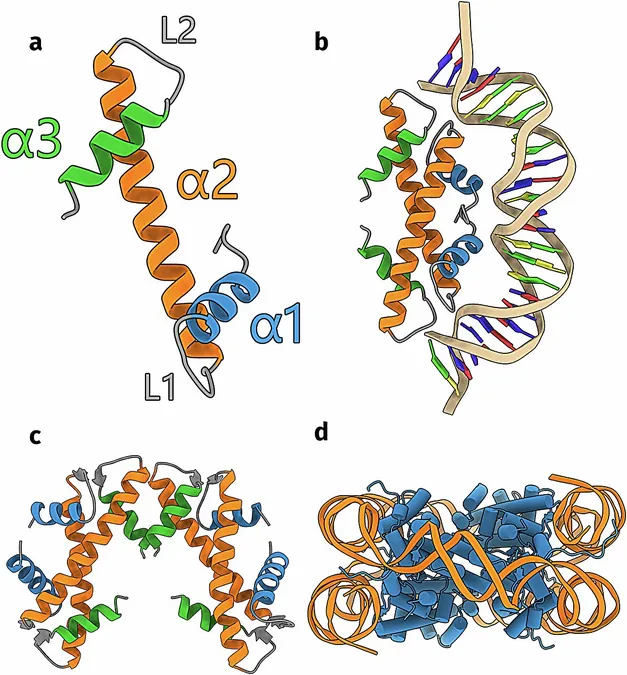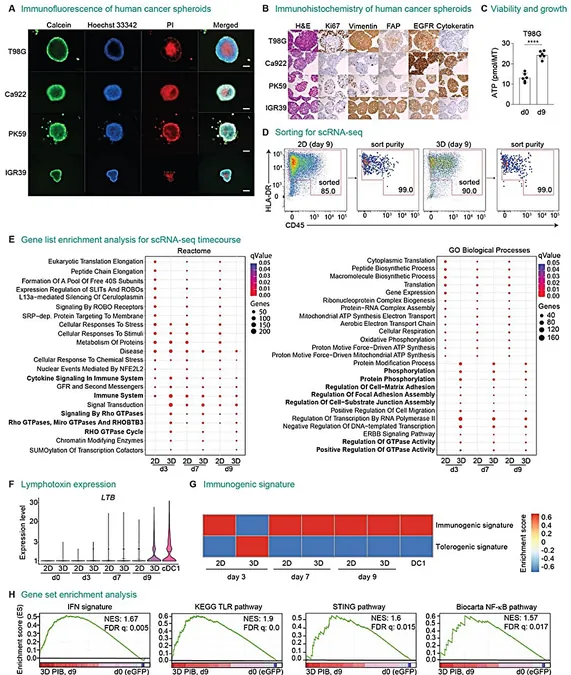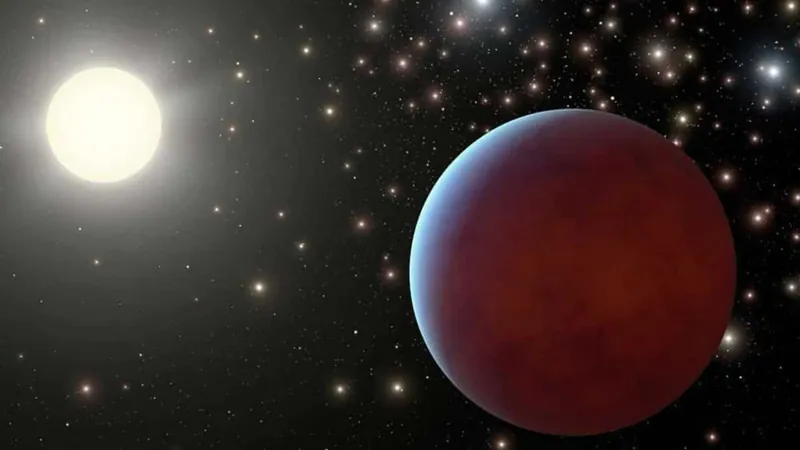
Groundbreaking Discovery: How Single-Celled Organisms Masterfully Organize Their DNA Like Never Seen Before!
2024-09-23
In a remarkable breakthrough that challenges previous understandings of cellular biology, researchers have unveiled that single-celled organisms, specifically bacteria and archaea, possess a diverse array of histones—proteins crucial in structuring DNA. Leiden University Ph.D. candidate Samuel Schwab leads this pioneering research published in the esteemed journal Nature Communications.
For years, the scientific community believed that only complex multicellular organisms utilized histones to manage their genetic material. However, recent studies have shown that even these simpler life forms deploy histones to compact their DNA, which is so expansive that it would otherwise be impossible to fit within the confines of a cell. As Schwab points out, 'Each cell has a limited space, and that’s where histones come into play, forming small units known as nucleosomes that allow DNA to be structured efficiently.'
Uncovering Genetic Mysteries with AI Power
In a twist that combines biology and technology, Schwab and his team employed advanced computational tools, particularly a sophisticated AI algorithm called AlphaFold. This cutting-edge program revolutionizes the prediction of protein structures by analyzing DNA sequences, allowing researchers to effectively simulate the potential histones present in single-celled organisms.
Schwab gathered an extensive database of over 6,000 potential DNA sequences that could lead to the discovery of unknown histones in bacteria and archaea. Utilizing AlphaFold's power alongside the Leiden University supercomputer facility (ALICE), the team successfully predicted the structural characteristics of these histones, revealing that these proteins are far more diverse than anticipated—categorizing them into 17 distinctive groups.
Validating the Virtual: A Fusion of Lab and Algorithms
To establish the accuracy of their computational predictions, researchers moved beyond the screen and into the lab, confirming one of the newly identified histone structures. The results were nearly indistinguishable from the predicted models, validating the potential of combining AI with traditional biological science.
Beyond Simple Wrapping: The Multifaceted Functions of Histones
The implications of these findings go deeper than simple DNA conduction. Schwab notes that the newly identified histones not only wrap DNA but also engage in more complex interactions. 'Some histones exhibit capabilities to fold DNA or even bridge different segments, effectively generating loops within the genetic material,' he explains.
In an exciting twist, some histones were discovered to bind to cellular membranes instead of DNA. Remus Dame, Schwab’s supervisor, highlights the significance of this revelation: 'This may suggest additional cellular roles beyond mere organization of DNA, broadening our understanding of histone functions.'
This groundbreaking research sheds light on the evolutionary trails of DNA organization across various organisms, hinting at the intricate methods single-celled organisms use to navigate the complexities of their genetic material. Dame emphasizes, 'This knowledge is crucial for interpreting DNA data and measurements, as we’re still piecing together how cellular processes operate on a granular level.'
As scientists continue to unravel the mysteries of DNA organization, these groundbreaking discoveries promise to revolutionize our understanding of cellular biology, potentially impacting everything from genetics to treatments for diseases tied to DNA structures. Buckle up—this is just the beginning of a thrilling journey into the microscopic world!






 Brasil (PT)
Brasil (PT)
 Canada (EN)
Canada (EN)
 Chile (ES)
Chile (ES)
 España (ES)
España (ES)
 France (FR)
France (FR)
 Hong Kong (EN)
Hong Kong (EN)
 Italia (IT)
Italia (IT)
 日本 (JA)
日本 (JA)
 Magyarország (HU)
Magyarország (HU)
 Norge (NO)
Norge (NO)
 Polska (PL)
Polska (PL)
 Schweiz (DE)
Schweiz (DE)
 Singapore (EN)
Singapore (EN)
 Sverige (SV)
Sverige (SV)
 Suomi (FI)
Suomi (FI)
 Türkiye (TR)
Türkiye (TR)